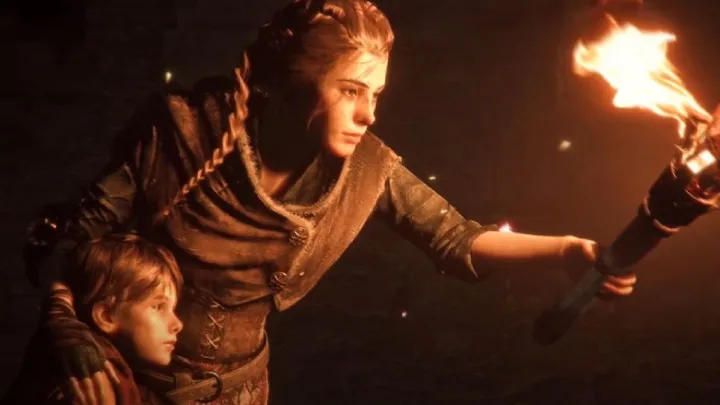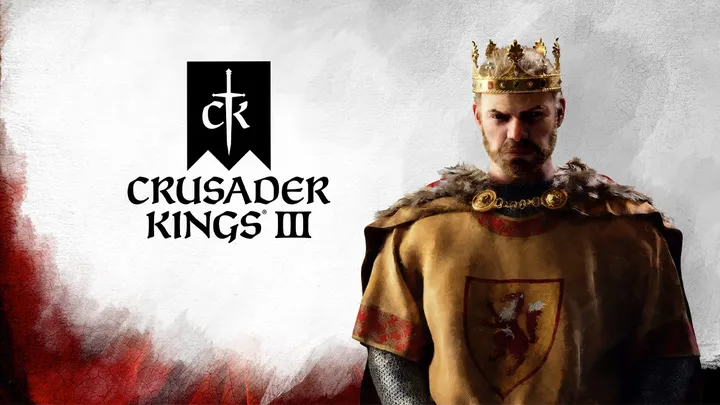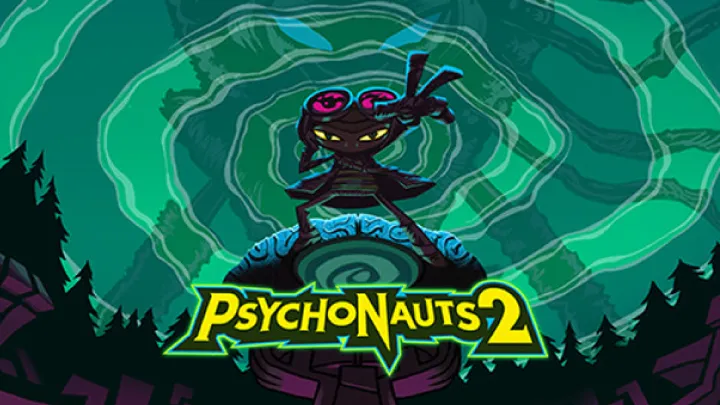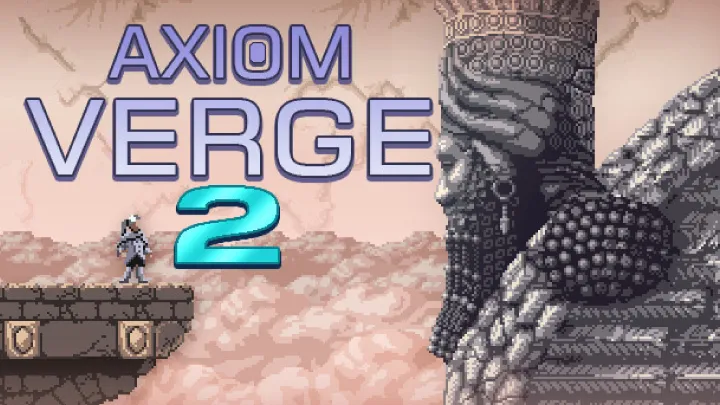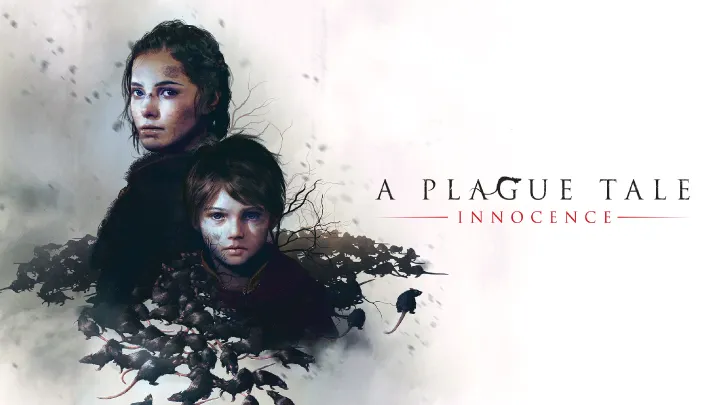
Released in May 2019 by Asobo Studio, A Plague Tale: Innocence invites players into a hauntingly beautiful yet grim world set during the Black Death in medieval France. The game tells the story of Amicia and her younger brother Hugo as they navigate a landscape ravaged by disease, war, and supernatural forces. Central to the game’s narrative is the exploration of childhood innocence amidst trauma and despair. This article delves deeply into how A Plague Tale: Innocence portrays the impact of trauma on children, reflecting on the themes of loss, resilience, and the moral complexities faced by the protagonists. By analyzing the narrative structure, character development, and gameplay mechanics, we will uncover the profound emotional weight that the game carries.
The Setting: A World in Crisis
Historical Context
A Plague Tale: Innocence is set in 14th-century France during the onset of the Black Plague, a time characterized by widespread fear, superstition, and societal collapse. This historical backdrop serves not only as a setting but also as a critical element that shapes the experiences of the characters. The game immerses players in a world filled with danger, where the threat of the plague looms large, and the fabric of society is fraying.
The Atmosphere of Despair
The game’s environments—from the dark, oppressive forests to the ruined castles—evoke a sense of foreboding and hopelessness. As Amicia and Hugo traverse these landscapes, players are constantly reminded of the fragility of life. The omnipresent rats, carriers of the plague, symbolize death and decay, creating a constant sense of urgency and danger. This atmosphere enhances the emotional stakes of the story, highlighting the characters’ struggles against both external threats and internal fears.
The Innocence of Childhood
Amicia and Hugo: A Fragile Bond
At the heart of A Plague Tale: Innocence is the relationship between siblings Amicia and Hugo. Amicia, a teenager, is thrust into the role of protector, forced to navigate the dangers of their world while caring for her younger brother. Hugo, afflicted by a mysterious illness, represents both vulnerability and innocence. Their bond is central to the narrative, symbolizing the enduring strength of familial love amidst chaos.
The Loss of Innocence
As the story unfolds, players witness the gradual loss of innocence experienced by both characters. Amicia is forced to confront violence, betrayal, and the harsh realities of survival. This loss is poignantly illustrated through pivotal moments in the game where she must make difficult choices, often resulting in tragic consequences. The emotional weight of these decisions amplifies the theme of childhood innocence being overshadowed by the brutalities of the adult world.
Trauma and Its Effects
The Impact of Violence
A Plague Tale: Innocence does not shy away from depicting the violent realities of its setting. The characters encounter numerous threats, including mercenaries, the Inquisition, and hordes of rats. Each encounter serves as a catalyst for trauma, shaping Amicia and Hugo’s psychological states. Amicia’s transformation from a carefree girl to a hardened survivor showcases the deep psychological scars that violence inflicts.
Psychological Realism
The game effectively portrays the psychological implications of trauma on children. Amicia’s struggle with guilt, fear, and grief is palpable throughout the narrative. The use of visual and auditory cues—such as her heavy breathing during tense moments or her expressions of despair—immerses players in her emotional turmoil. This psychological realism allows players to empathize with the characters, making their journey feel deeply personal.
The Role of Survival
Mechanics of Survival
Survival is a core gameplay element in A Plague Tale: Innocence, and it mirrors the emotional and narrative themes of the game. Players must utilize stealth, resource management, and problem-solving skills to navigate through perilous environments. The mechanics of survival highlight the desperation of the characters, forcing players to confront the lengths they must go to in order to survive.
Resourcefulness and Ingenuity
The game emphasizes the importance of resourcefulness in the face of adversity. Amicia often relies on her wits to gather materials for crafting tools and distractions. This aspect of gameplay reinforces the idea that survival is not just about physical strength but also about ingenuity and adaptability. As players progress, they witness Amicia’s growth and resilience, which become essential traits in their struggle against overwhelming odds.
The Motif of Fear
Fear as a Driving Force
Fear is a pervasive motif in A Plague Tale: Innocence, shaping the characters’ actions and decisions. The constant threat of the plague, represented by the rats, creates a climate of dread that permeates the game. Amicia and Hugo’s journey is fraught with moments of terror, forcing them to confront their fears head-on. This exploration of fear adds depth to their characters, illustrating how it can drive individuals to both heroic and desperate actions.
Overcoming Fear
The narrative arc of A Plague Tale: Innocence revolves around the characters’ ability to confront and overcome their fears. Amicia’s development throughout the game reflects her growing courage as she navigates treacherous situations. The moments where she must protect Hugo or confront enemies serve as powerful turning points in her character journey, demonstrating that courage is often born from vulnerability.
The Complexity of Morality
Ethical Dilemmas
Throughout their journey, Amicia faces numerous ethical dilemmas that challenge her moral compass. The necessity of survival often forces her to make choices that blur the line between right and wrong. For instance, in moments where she must choose between protecting her brother or sacrificing others for their safety, players are prompted to reflect on the moral complexities of their actions.
The Weight of Choices
The game masterfully illustrates the weight of choices through its narrative structure. Each decision Amicia makes has repercussions, not only for herself but also for Hugo. This interconnectedness of choices underscores the importance of considering the broader implications of one’s actions, especially in a world where survival often comes at a cost. The emotional impact of these choices resonates deeply, enhancing the overall narrative experience.
The Power of Sibling Bonds
Familial Love
At its core, A Plague Tale: Innocence is a story about the power of familial love. The bond between Amicia and Hugo serves as a beacon of hope amidst the darkness they face. Their relationship is characterized by moments of tenderness, vulnerability, and unwavering support. This connection becomes a driving force in their struggle for survival, demonstrating the strength that can be found in love during times of crisis.
Protecting Innocence
Amicia’s primary motivation throughout the game is to protect Hugo and preserve his innocence. This theme is poignantly illustrated in her interactions with him, where she often reassures him and tries to shield him from the horrors of their reality. As players witness Amicia’s determination to keep Hugo safe, they are reminded of the sacrifices made for loved ones and the lengths one will go to protect innocence.
The Conclusion of Innocence
The Climax of the Narrative
The climax of A Plague Tale: Innocence encapsulates the culmination of the characters’ journeys. As the brothers face their ultimate challenges, the stakes are higher than ever. The emotional and narrative threads woven throughout the game converge in a powerful finale that leaves a lasting impression on players. The choices made in the game’s closing moments resonate with the overarching themes of loss, resilience, and the complexity of morality.
Reflections on Innocence
The conclusion of the game serves as a poignant reflection on the loss of innocence. The experiences that Amicia and Hugo endure come at a significant cost, shaping them into different individuals by the end of their journey. The game leaves players with a sense of bittersweet resolution, highlighting the harsh realities of growing up in a world filled with pain and suffering.
Conclusion: The Impact of Trauma and Resilience in A Plague Tale: Innocence
A Plague Tale: Innocence masterfully explores the themes of childhood, trauma, and resilience through its rich narrative and immersive gameplay. By focusing on the relationship between Amicia and Hugo, the game delves into the complexities of familial love and the impact of external forces on innocence. The portrayal of fear, survival, and moral dilemmas adds depth to the characters’ journeys, making their experiences resonate profoundly with players.
The emotional weight of A Plague Tale: Innocence lingers long after the credits roll, inviting players to reflect on their own experiences with loss and the nature of resilience in the face of adversity. Asobo Studio has crafted a powerful narrative that transcends its historical context, reminding us of the enduring strength of love and the fragility of innocence. In a world where darkness often prevails, the game serves as a testament to the power of human connection and the fight for survival against insurmountable odds.
